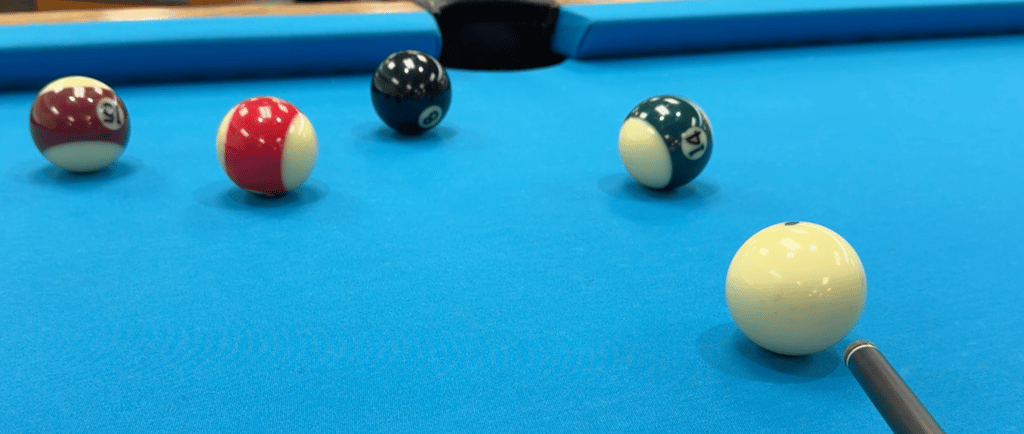Mastering the Draw Shot: Precision Techniques with the Ryder Method
The draw shot is almost a stop shot - but with smoothness in the stroke
Robert Ryder
8/27/20251 min read


Understanding the Draw Shot
The draw shot is a crucial technique in cue sports that allows players to achieve enhanced control over the ball's movement. By drawing the cue ball back after contacting the object ball, players can set up for subsequent shots with improved precision. To master this art, employing systemic methods is essential, and one of the most effective is the Ryder Method. This approach emphasizes a meticulous focus on both the cue and the stroke, enabling players to perfect their draw techniques.
Implementing the Ryder Method
The Ryder Method advocates for a comprehensive understanding of how to align your body, cue, and stroke in harmony. It begins with ensuring that your grip is neither too tight nor too loose, allowing for fluid motion while striking the cue ball. When setting up for a draw shot, position yourself in a stable stance, aligning your body towards the intended path of the cue ball. This alignment is vital for delivering an accurate stroke that pulls the ball backward effectively.
Precision in Stroke and Release
A critical component of the Ryder Method is the emphasis on a clean stroke. To achieve the desired draw, focus on the follow-through and the angle of your cue when you contact the cue ball. A downward strike at the right point on the cue ball is paramount; this will enable you to create the necessary backspin. Furthermore, balance and timing are essential. As you draw the cue back, maintain a steady rhythm to ensure that your power transfer is both controlled and consistent.
In conclusion, mastering the draw shot with the Ryder Method necessitates attention to detail and focused practice. With regular application of these techniques, players can significantly enhance their skill set, leading to greater success in their gameplay. Embrace the method, refine your precision with both cue and stroke, and witness how your performance progresses.
Published with hostinger.com
copyright 2026 ©
Our other Website: www.ryder.org
Contact us here
Order books from Barnes and Noble BookStore:
Ryder Publishing books
We make iPhone Apps
